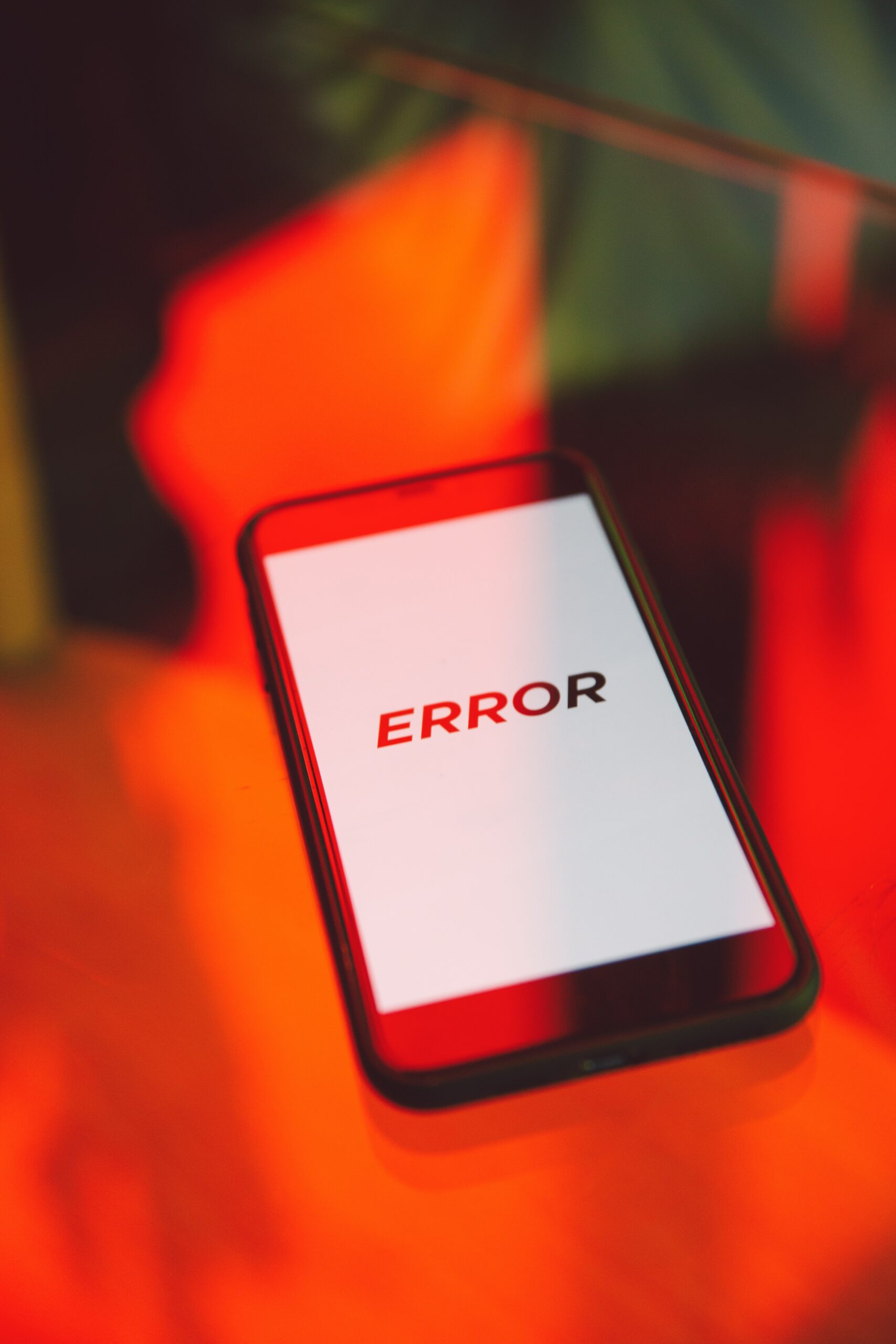Navigating Financial Troubles: Why Debt Consolidation Companies Often Fail and Why Bankruptcy Can Be a Better Solution
In today’s world, many individuals find themselves caught in the relentless grip of debt. For some, the idea of seeking professional help through debt consolidation companies appears as a glimmer of hope. These companies promise to merge your debts into one manageable payment, making your financial life more comfortable. However, in many cases, these promises fall short of reality, leaving individuals in deeper financial turmoil. In this blog post, we’ll explore why debt consolidation companies often fail to meet its goals and why bankruptcy can be a more effective and practical solution.
The Debt Consolidation Dilemma
Debt consolidation, in theory, seems like an ideal solution to ease the burden of multiple debts. Here’s how it typically works: a debt consolidation company combines all your debts into one lump sum and negotiates with your creditors for potentially lower interest rates. This consolidated debt is then repaid over an extended period, ideally with more manageable monthly payments. Sounds good, right? Unfortunately, the devil is in the details.
1. High Fees and Hidden Costs: Debt consolidation companies often charge substantial fees for their services, erasing any immediate financial benefit. These fees can eat into your savings and make the overall cost of the consolidation significantly higher.
2. Long Repayment Periods: While debt consolidation might lower your monthly payments, it often extends the repayment period significantly. You might be paying off your debt for many more years, accumulating more interest over time.
3. No Guarantee of Lower Interest Rates: Debt consolidation companies can negotiate lower interest rates with your creditors, but there are no guarantees. If your interest rates remain high, you’ll end up paying more in the long run.
4. No Addressing of the Root Cause: Debt consolidation doesn’t address the underlying financial issues that led to debt accumulation in the first place. Without fundamental changes in spending habits and financial literacy, individuals risk falling back into the debt cycle.
Bankruptcy: A Viable Alternative
While bankruptcy carries a certain stigma, it can often be a more effective solution for those struggling with overwhelming debt. Here’s why bankruptcy might be a better option:
1. Fresh Start: Bankruptcy provides a genuine fresh start by eliminating certain debts entirely. In Chapter 7 bankruptcy, for instance, unsecured debts like credit card balances can be discharged, offering relief and a clean slate.
2. Legal Protections: Once you file for bankruptcy, an automatic stay is put in place, stopping creditor harassment, wage garnishments, and legal actions. This legal protection can provide immense relief and peace of mind.
3. Shorter Process: Bankruptcy can be a faster process than lengthy debt consolidation repayment plans, allowing you to regain control of your finances sooner.
4. Financial Education: Many bankruptcy programs include financial counseling and education, equipping individuals with the tools to make better financial decisions moving forward.
5. A Lasting Solution: Unlike debt consolidation, bankruptcy addresses the root cause of your financial distress. It’s a fresh start that empowers you to rebuild your financial life responsibly.
The silver lining
While debt consolidation companies may promise a way out of financial hardship, they often fall short of their goals due to high fees, extended repayment periods, and no guarantees of lower interest rates. Bankruptcy, on the other hand, can offer a genuine fresh start, legal protections, a shorter process, and lasting solutions. It’s essential to consider all your options and consult with a bankruptcy attorney to determine the best path forward for your unique situation. Breaking free from the cycle of debt is possible, and bankruptcy can be a powerful tool to help you achieve financial stability and peace of mind.


